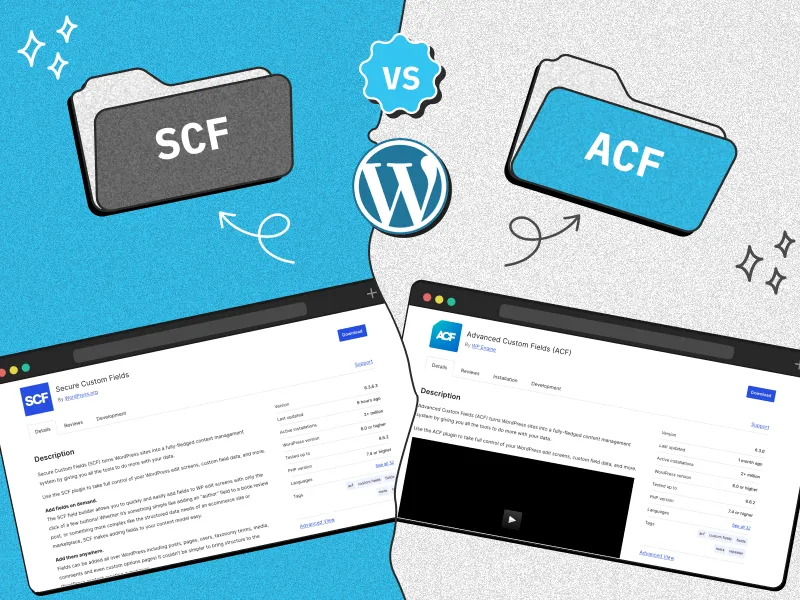Summary
This blog explores the transformative changes in web application development, highlighting the importance of hardware diversity, user experience, security, real-time applications, APIs, productivity tools, and microservices. Businesses can leverage these trends to enhance their applications and remain competitive in the digital landscape.
Introduction
Web application development is at the forefront of technological innovation, driving businesses to new heights. As the demand for more sophisticated and secure online platforms grows, businesses are increasingly turning to specialized web application development company to meet their unique needs.
7 Ways In Which Web Application Development Is Changing
1. Increasing Hardware Diversity
The evolution of web application development owes a significant part to the variety of hardware devices. Gone are the days when developers only had to cater to desktop screens. With the widespread adoption of smartphones and tablets, the landscape has shifted dramatically.
Consumers and businesses alike extensively use smartphones and tablets. This has led to a significant demand for responsive design, a critical aspect of modern web application development. Developers must ensure their applications are adaptable to various screen sizes and resolutions. Responsive design isn’t just a trend; it’s a necessity for any web application development company striving for seamless user experiences across devices.
Smart Gadgets Integration
Another exciting frontier is the integration of smart gadgets like watches, TVs, and even smart glasses. These devices are reshaping how developers approach web application development. It’s vital to incorporate these new gadgets to ensure applications remain relevant and accessible. As technology advances, so do user expectations, necessitating developers to continuously adapt.
2. Focus on User Experience
The user experience (UX) has become a pivotal element in web application development. Modern users expect applications to be intuitive and easy to navigate, resembling the user-friendly designs of popular mobile apps.
Users increasingly demand simple and intuitive interfaces. This trend, influenced strongly by the rise of mobile applications, pushes developers to prioritize user-centric design. As a result, the focus has shifted to ensure seamless, pleasant user experiences.
Object-oriented design for CEOs is crucial in this context, as it enables leaders to understand the architecture behind their applications. This approach allows for greater flexibility, maintainability, and scalability, making it easier to adapt to changing user needs.
UI/UX Design and Testing
Today, web application development frequently begins with rigorous UI/UX design and user testing. Ensuring a better user experience from the start helps developers identify potential issues early, creating applications that users find enjoyable and straightforward to use.
3. Emphasis on Security
The security landscape for web applications has evolved considerably, with increased incidents of cyber-attacks pushing the need for stringent security measures.
Recent analysis reveals that 49% of web applications contain high-risk vulnerabilities that can be detected through automatic scanning, with many sites being at risk of complete compromise. Even more concerning, 99% of web applications are not compliant with PCI DSS standards, highlighting the critical need for businesses to prioritize robust security practices.
To secure your web application, any web application development company needs to adopt comprehensive security protocols. These measures not only protect user data but also maintain the integrity of applications, ensuring trust and reliability in an increasingly digital world.
4. Real-Time Applications
The rise of real-time applications is another significant development. Technologies like Node.js and Socket.io facilitate the creation of applications that update without requiring page refreshes, thereby offering a smoother user experience. Real-time apps, such as instant messaging and collaborative tools, have become more accessible, thanks to these technologies.
Instant messaging and live analytics are prime examples of how this technology is applied.
5. Adoption of APIs
The development and integration of Application Programming Interfaces (APIs) have become crucial in the contemporary web application development landscape.
The rise of SaaS (Software as a Service) applications necessitates the ability of web applications to communicate with other software. This drives the importance of APIs, which enable seamless integration and communication between different applications.
Third-Party Integrations
Businesses today require the integration of various tools and services to maintain efficient workflows. This has led to an increased demand for third-party APIs. Developers must design APIs that accommodate a variety of third-party services to create comprehensive business solutions. With more businesses opting for SaaS solutions, integrating services like CRMs and collaborative tools becomes indispensable.
6. Increase in Productivity Tools
The complexity of modern web applications has led to an increased emphasis on productivity tools. These tools streamline development processes and enhance efficiency.
Automating Manual Tasks
With the advent of automation tools like Grunt, developers can automate repetitive and time-consuming tasks, thereby improving productivity. These tools not only save time by handling tedious tasks but also help maintain consistent coding standards.
Support for Continuous Integration
Integration (CI) tools have revolutionized code management, enabling web application development services to streamline the entire application lifecycle from coding to deployment. Automation tools also play a significant role in code quality by identifying syntax errors and ensuring code formatting adheres to standard practices.
Read more: The 5 Best Accessibility Testing Tools That Will Instantly Make Your Web App ADA Compliant
7. The Rising Importance of Microservices
The microservices architecture has attracted attention due to its numerous advantages over traditional monolithic application structures.
Microservices Architecture
Microservices break down applications into smaller, manageable services, each responsible for specific business functions. This architecture improves the scalability and maintainability of applications, allowing teams to work on different services independently. This modular approach is particularly beneficial when building web dashboards for massive datasets, as it enables developers to integrate various data sources and functionalities more seamlessly.
Benefits of Microservices
Microservices offer several benefits, including improved scalability, easier maintenance, faster development cycles, and greater resilience. By adopting a microservices approach, developers can build applications more efficiently and ensure they are better equipped to handle evolving business needs.
Conclusion
The landscape of web application development is constantly evolving. By staying abreast of these changes and adapting accordingly, businesses can leverage new technologies to create more robust, secure, and user-friendly applications. For any company that aims to offer superior web application development services, understanding and implementing these trends are essential. These advancements not only enhance the user experience but also ensure the scalability and security of web applications in an increasingly digital world.











 30 mins free Consulting
30 mins free Consulting 
 10 min read
10 min read 


 Canada
Canada 
 USA
USA 






 Love we get from the world
Love we get from the world 